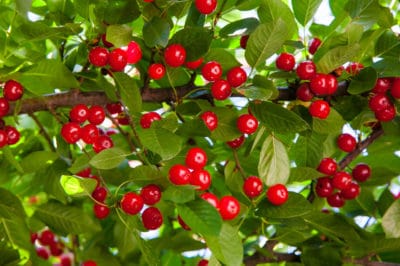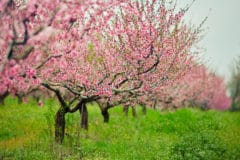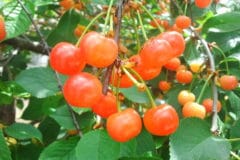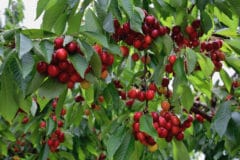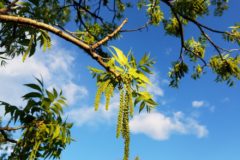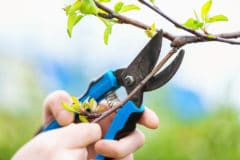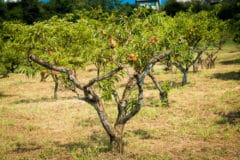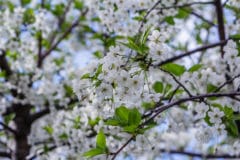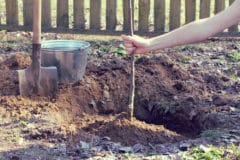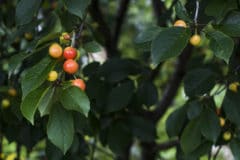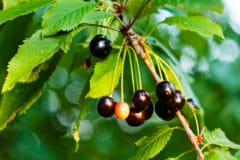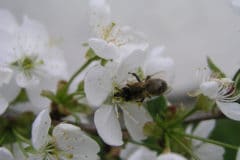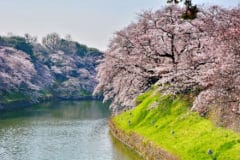How to Know if a Cherry Tree Needs Fertilizer
Cherry trees like fertile soil, so before you plant, test the soil and amend it if it lacks fertility.
Soil fertility is related to how much nitrogen, phosphorous, potassium, and trace minerals, like zinc, iron, and magnesium, are in the soil. Soil organic matter adds these nutrients and also makes them more available.
A soil test is an accurate way of evaluating these nutrient levels. Local agricultural departments often have soil testing services for home gardens, or, you can buy a test kit online or through a nursery. Be sure to carefully follow soil sampling instructions for accurate results.
Another way of assessing if a tree has enough fertilizer is by looking at the condition of leaves and how fast the branches and trunk are growing.
Leaves turning yellow or purple, slow growth of stems and branches, and reduced fruit crop can all be signs the tree needs fertilizing.
A young tree should gain about 16 to 30 inches (40 to 76cm) of growth each year. New shoots on mature sweet cherry trees should gain about 10 to 15 inches (25 to 38cm) of length each year, and sour cherry varieties between 8 to 10 inches (20 to 25cm) of growth per year.
How and When to Fertilize a Cherry Tree
Fertilizers should be applied early in spring or latter in the growing season when flowers are finished and the tree has leafed-out. Don’t fertilize during bloom time.
Organic fertilizing can be done by applying a layer of:
- Compost, or
- Decomposed manure, or
- Blood, fish, or cottonseed meal (for nitrogen)
- Bone meal, rock phosphate, and seaweed meal (for phosphorous, potassium and trace minerals).
Spread fertilizers around the base of the tree, starting 6 inches (15cm) away from the trunk and extending to the drip-line and water it into the soil.
Apply nitrogen fertilizers at a rate of 1/8 pound (68 grams) of nitrogen per inch (2.5cm) of trunk diameter. Compost contains an average of 1 to 4 percent nitrogen, depending on the source material. Blood meal is approximately 13 percent nitrogen by weight.
Does the Tree Really Need Fertilizer?
A poorly preforming fruit tree may have problems other than soil fertility. For example, a lack of pruning can result in poor fruit production and growth, and pests, improper watering, and bad soil drainage can also cause problems with growth and fruit production.
